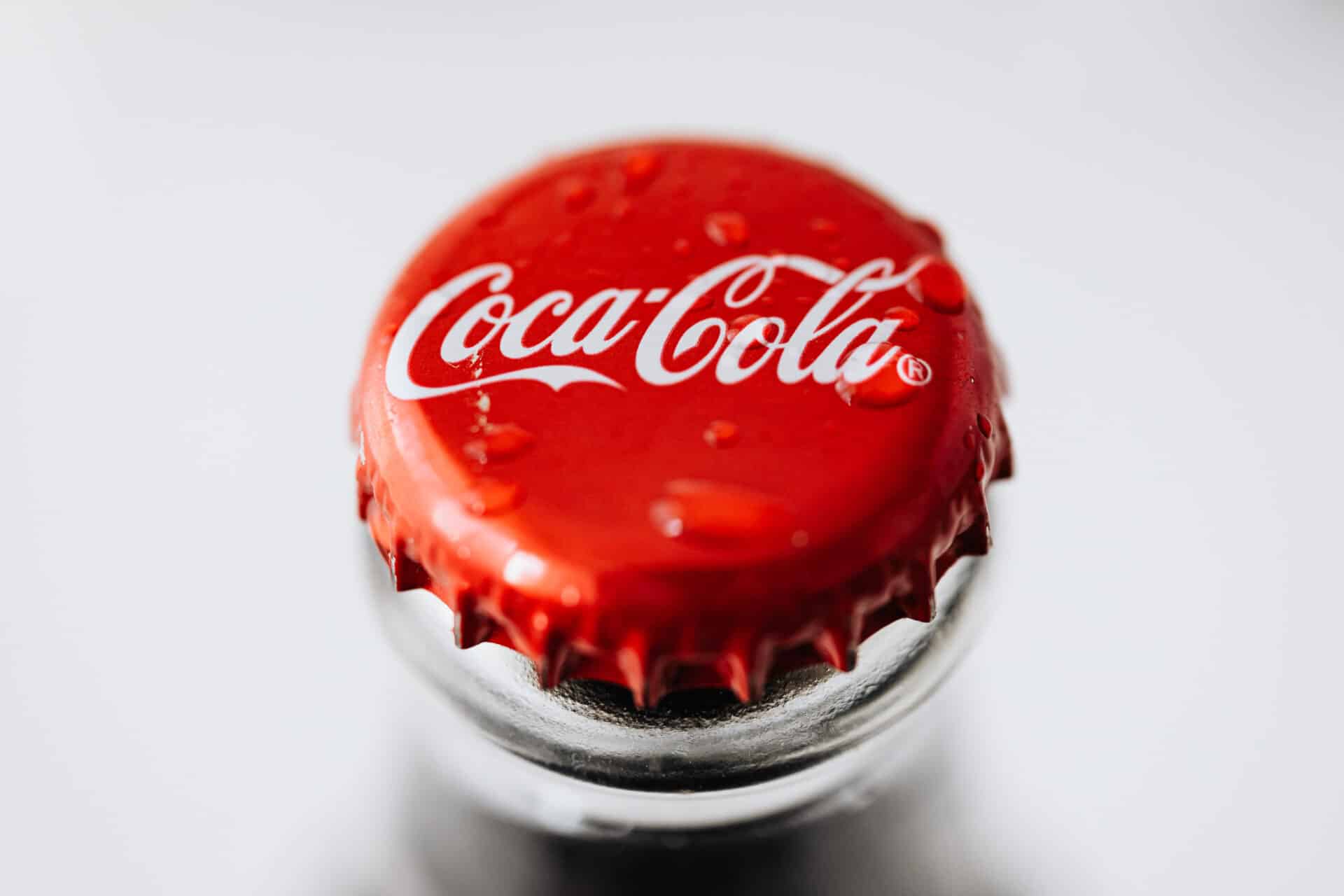Sterile water and distilled water are two types of water that are often confused with one another. They are both used for different purposes, but they both have some similarities. In this article, we will discuss the difference between sterile water and distilled water in order to help you determine which is best for your specific needs. We will also discuss the various uses of each type of water, as well as how they can be obtained.Sterile Water is a type of water that has been purified and filtered to remove all microorganisms, bacteria, viruses, and other contaminants. It is free from any living organism and is commonly used for medical purposes such as mixing with medications, irrigating wounds, or cleaning medical instruments.
Distilled Water
Distilled water is water that has been purified through a process of distillation. It is created by boiling water and then condensing the collected steam back into a liquid. This process removes impurities such as minerals, salts, and other contaminants, leaving behind pure H2O. It is often used for drinking purposes, as well as in medical settings or for other applications where purity is important. Distilled water has a neutral pH and can be used in place of tap or bottled water for cooking, cleaning, or even making coffee and tea. It can also be used in aquariums to keep fish healthy and to prevent the growth of algae.
Distilled water is considered to be one of the most pure forms of water available, as it does not contain any minerals or pollutants that could be harmful to health. While it does not contain essential minerals like calcium or magnesium found in other types of water, it is still safe to drink and can improve the taste of foods cooked with it. In addition to its purity, distilled water also has a longer shelf life than regular tap water due to its lack of bacteria and other microorganisms that can cause spoilage
Differences between Sterile Water and Distilled Water
Sterile water and distilled water are two of the most commonly used forms of purified water. While both are used for medical and laboratory purposes, there are distinct differences between the two. Sterile water is free of all microorganisms, whereas distilled water has only had some of its impurities removed through distillation.
Sterile water is created by passing regular tap or filtered drinking water through a membrane filter which removes particles such as bacteria, fungi, and other microorganisms from the source. It is then subjected to further sterilization processes such as ultraviolet light or boiling before it is considered sterile. As a result, sterile water is completely free of any type of microorganisms.
Distilled water, on the other hand, is created by boiling regular tap or filtered drinking water and collecting the steam in a separate container. The steam collects all the impurities present in the source material such as minerals, salts, and other contaminants that could not be removed through filtration alone. Distillation removes most of these impurities but does not remove all microorganisms from the source material, making it less pure than sterile water
Uses of Sterile Water
Sterile water is a type of purified water that has been sterilized to remove all bacteria, fungi, and other microorganisms. It is commonly used in the medical and scientific fields, as well as in certain industrial applications. In the medical field, sterile water is used to prepare solutions for injection and to rinse wounds and other medical instruments. In scientific research, it is often used to create a pure environment for experiments. In industry, it is used to clean sensitive equipment and surfaces.
In addition to these uses, sterile water can be used for home purposes as well. For example, it can be used to clean contact lenses or rinse fruits and vegetables before eating them. It is also safe to use for irrigating wounds or flushing out cuts, scrapes, or abrasions. Sterile water can also be used as a first aid treatment for burns by running cold sterile water over the affected area for several minutes.
Another common use of sterile water is in aquariums and fish tanks. It can be used to fill up new tanks or replace lost water due to evaporation or spills. Since it does not contain any bacteria
Uses of Distilled Water
Distilled water is used in a variety of applications, from industrial processes to everyday household tasks. It is especially beneficial for use in the home because it is free from mineral and chemical impurities, making it safer and healthier to consume. Distilled water can be used for drinking, cooking, making coffee and tea, and even cleaning surfaces. It can also be used for medical purposes such as irrigation and injections. In addition, distilled water can be used in a variety of industrial processes such as cooling systems, steam power plants, and fire protection systems. Furthermore, distilled water is often used in car batteries to provide the necessary electrolytes needed for electrical current flow. Finally, many aquariums use distilled water to help keep their tanks clean and free of contaminants that could harm the fish or other inhabitants.
In summary, the uses of distilled water are varied and far-reaching. It is essential to many everyday tasks due to its lack of impurities and its ability to provide a safe environment for consumption or use in various industrial processes. Distilled water can also be used in car batteries or aquariums to provide electrolytes or keep the environment clean respectively

The Health Benefits of Sterile Water
Sterile water is a type of purified water that is free from any bacteria, fungi, and other forms of microorganisms. It is widely used in medical settings, such as for intravenous infusion or wound irrigation. As sterile water is free from contaminants, it offers numerous health benefits when used correctly.
One benefit of sterile water is that it can help prevent infection. When used to irrigate wounds or rinse out the eyes, nose, or mouth, sterile water can help keep these areas clean and free from germs that can lead to infection. It can also be used to cleanse cuts and scrapes prior to applying a bandage or antiseptic solution.
Another benefit of sterile water is that it can help reduce inflammation and irritation caused by natural body fluids like tears or saliva. When used as an eyewash or nasal rinse, for example, the sterile water helps flush away irritants such as dust particles and pollen that may have become lodged in the eyes or nose. This can help reduce redness and itching associated with allergies or exposure to environmental pollutants.
Sterile water also has ant
The Health Benefits of Distilled Water
Distilled water has long been considered beneficial to health due to its purity. It is created by boiling water and collecting the steam, which leaves behind impurities and minerals. This process results in pure H2O with no added chemicals or minerals. It has been used for centuries as a means of purifying water for drinking, cooking and bathing. One of the main benefits of distilled water is that it is free from many of the pollutants, toxins, bacteria, and other contaminants that can be found in tap water. This makes it a great choice for those who are concerned about their health and safety.
In addition to being free from pollutants, distilled water also contains no added minerals or chemicals. This means it is much better for your body than tap water, which can contain high levels of sodium, chlorine, lead, and other contaminants that can have a negative effect on your health over time. Distilled water also helps to keep your cells hydrated and functioning optimally; this helps to give you more energy throughout the day and improves overall health.
Aside from its purity benefits, distilled water also provides a number of
Storage Requirements for Sterile Water
Sterile water is a type of water that has been filtered to remove all microorganisms and other impurities, and must be stored in an appropriate manner. Proper storage of sterile water is critical to ensure it remains uncontaminated and safe for use. The following guidelines should be followed when storing sterile water:
• Store sterile water in a clean, dry environment at room temperature. Avoid exposing the sterile water to direct sunlight or any other sources of heat or light.
• Keep the container tightly sealed to prevent contamination from outside sources. This includes sealing any opened bottles or containers immediately after use.
• Label your containers clearly with the date of production/preparation and the expiration date so you can track when they need to be replaced.
• Store sterile water away from any potential contaminants such as cleaning products, bacteria, fungi, or other materials that could introduce contamination into the water.
• Do not store sterile water in areas where there are strong

Conclusion
Distilled water and sterile water are both pure forms of water. Both of these types of water have gone through a process to ensure that the water is free from contaminants or other impurities. However, there are differences between these two types of water. Distilled water is created by boiling and condensing the vapors that are released. This process removes any mineral content within the water. Sterile water is treated with a filtration system to remove any bacteria or other microorganisms that could be present in the source water.
Overall, while distilled and sterile waters are both pure forms of water, they have different processes used to ensure their purity. Distilled water is created through boiling and condensing vapors while sterile waters are filtered to remove any bacteria or other microorganisms found in the source. Knowing the differences between these two types of purified waters can help people make informed decisions about which type of purified drinking water they should use for consumption or medical purposes.

